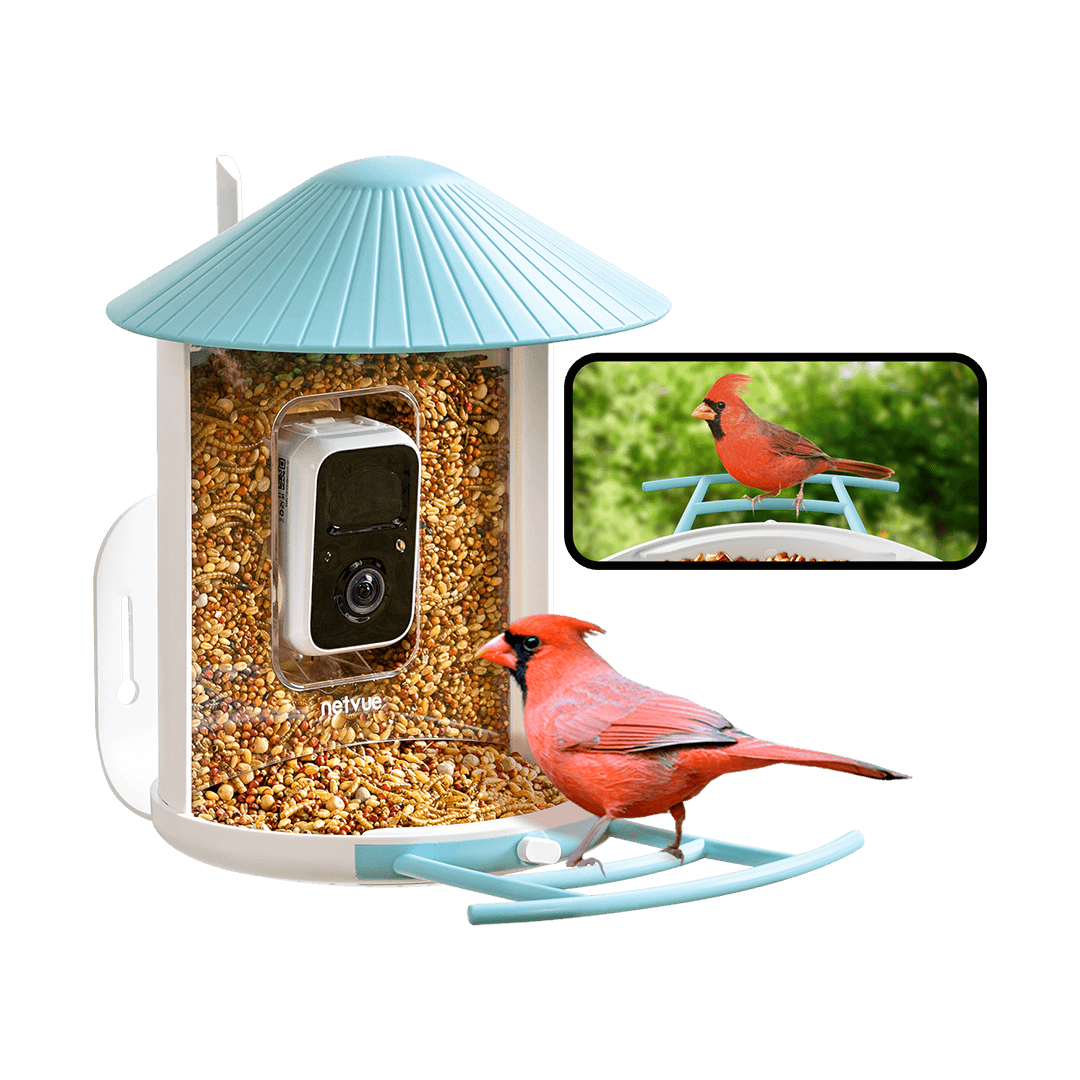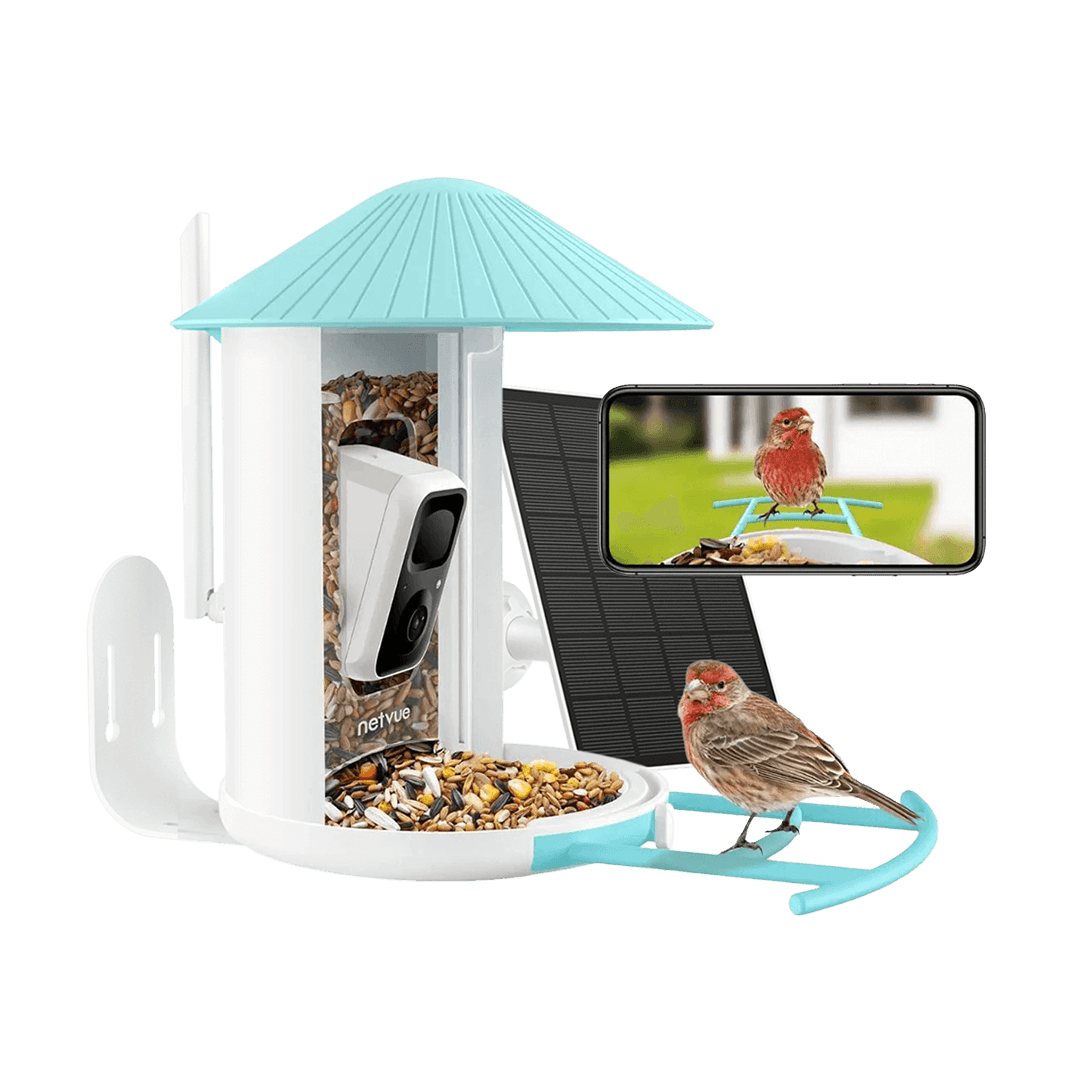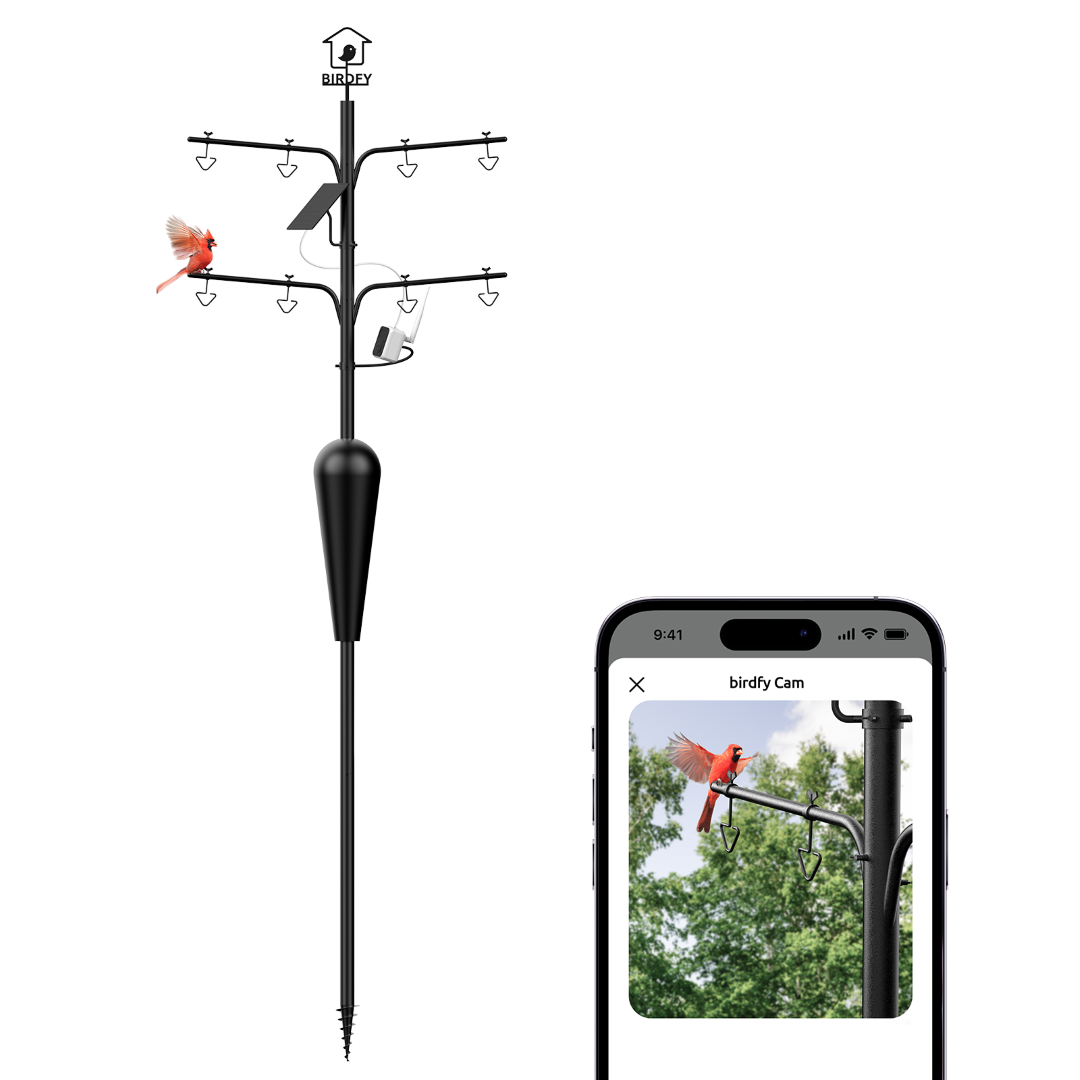Birds Mates Use Scents to Identify Each Other
Have you ever had a moment when you are extremely familiar with a scent? Many of you have probably experienced the powerful power of scent to trigger memories. Our sense of smell not only reminds us of long-lost loved ones, it can also tell us if there is tempting food nearby and warn us of dangers in the environment. We can use scents, what about birds? Can birds use scents to identify their mate? This blog can help you find the answer.

1. Can Birds Recognize Scents?
The answer is yes, birds are able to recognize scents. Birds have olfactory receptors located in the nasal cavity, similar to mammals, which allow them to perceive different scents in the environment. However, the extent to which birds rely on their sense of smell varies depending on factors such as species, ecological niche and evolutionary history.
Some birds, especially those that forage in low-light environments such as nocturnal birds like kiwis, have been found to have a keen sense of smell. These birds use their sense of smell to find food, navigate, and communicate with conspecifics. In addition to foraging and navigation, scents recognition plays a crucial role in birds' social behavior, including mate selection and territory marking. For example, some birds use scent marking in courtship rituals to demarcate territories or attract mates.

2. Smelling Secrets of Birds---How Birds Sniff Things?
Birds use a special olfactory system located in their nasal passages to smell things. Although the sniffing process in birds is a little different from that of mammals, they still inhale air through their nostrils to bring the scent into contact with their olfactory receptors. Below is the mechanism of the process of sniffing in more specific birds.
Inhalation
When birds inhale air, it enters the nasal cavity through the nostrils.
Olfactory receptors
Inside the nasal cavity, birds' olfactory neurons are equipped with specialised receptors that detect a variety of different scents in the air.
Airflow
Unlike mammals, the respiratory system of birds is a unidirectional airflow system. This means that air flows in one direction through the lungs, which helps birds to distinguish airflow for breathing from airflow for smelling.
Detection
When air flows over olfactory receptors, the receptors detect chemicals in the air, which allows the bird to perceive scents.
Brain Processing
Olfactory information is then transmitted from the olfactory neurons to the brain, where it is processed and interpreted.


3.How Do Birds Use Scents to Identify Their Mates?
Individual scent identification
Each bird has their own unique scent profile, influenced by factors such as hormones and diet. Over time, mates become familiar with the scent that belongs to each other, thus distinguishing their partner from other individuals of the same species.
Scent marking and exchange
Some birds engage in scent-marking behavior by applying scented secretions to their mates or to their shared nesting territory. By associating their mate's scent with familiar landmarks or areas, they can better identify each other.
Pheromone communication
Birds release pheromones, chemical signals that affect the behavior or physiology of other individuals of their species, and mates can recognize each other based on these pheromone cues.
Olfactory learning and memory
Birds are able to learn and remember olfactory cues associated with their mates. Through repeated exposure to a mate's scent, birds develop a memory of scents characteristics, which helps them to recognize and locate mates in their environment.

4. Why Smells Matter for Bird Couples?
Mate recognition and pair bonding
The sense of smell allows bird mates to recognize and identify their mates in potentially crowded or chaotic environments. This recognition strengthens their pair bond and promotes trust and cooperation between mates. Strengthening their bond through scent allows for better coordination of their activities, such as nesting, foraging, and raising offspring.
Communication and signalling
Scent communication between birds provides them with valuable information about their mate's health, reproductive status and emotional state. Chemical signals exchanged through scent markings convey important information including mating readiness, territorial boundaries, and social status within the pairing relationship. This communication helps to reduce misunderstandings and conflicts between mates and promotes harmonious relationships.
Breeding success
The sense of smell plays a crucial role in the reproductive success of bird mates. By accurately identifying their mates, they can ensure that time and resources are invested in matching mates. The risk of mating with unrelated or genetically incompatible individuals is greatly reduced, increasing the likelihood of producing healthy offspring and improving survival chances.
Offspring identification
After breeding, bird mates can recognise and care for their offspring by smelling each other. Parent birds use odour cues to identify the location of their chicks and their own nests, ensuring that they devote their parenting energy to their babies. This ability to recognise is particularly important in species with shared nesting or cooperative breeding systems, where multiple individuals may share parenting responsibilities.
 5. What We Can Learn and What's Next
5. What We Can Learn and What's Next
By studying how birds use scent to identify mates, we can gain valuable knowledge about animal behaviour and ecology, which has potential implications for wildlife conservation and management.
Conservation strategies
Understanding the importance of scent recognition in mate choice and pair bonding informs conservation strategies for endangered birds. Protecting key habitats and natural landscapes will ensure that bird populations have the environmental cues they need for successful mate recognition and breeding.
Species management
Knowledge of scent communication can assist in the management of captive breeding programmes and reintroduction plans for endangered birds. Captive breeding facilities can use scent cues to pair compatible individuals and encourage natural breeding behaviour, while reintroduction programmes can focus on restoring habitat connectivity to facilitate mate recognition and pair bonding in the wild.
Ecosystem health
Bird populations are important indicators of ecosystem health, and disruptive changes in mate recognition and breeding behaviour may signal potential environmental stress. Monitoring changes in scent-based communication patterns can provide early warning signs of ecosystem degradation to identify and address biodiversity threats before they escalate.
Mitigating human-wildlife conflict
Understanding how birds use scent to navigate their environment and communicate with their mates can inform strategies to mitigate human-wildlife conflict. By incorporating scent-based cues into wildlife management plans, effective measures can be developed to reduce conflicts between birds and human activities such as agriculture, urban development and resource extraction.

6. Conclusion
In conclusion, understanding how birds use scents to identify their mates offers valuable insights into animal behavior and ecology. By recognizing the importance of scent recognition in bird couples, we can develop more effective conservation strategies and mitigate human-wildlife conflicts. Through ongoing research and conservation efforts, we can protect endangered bird populations and preserve their habitats, ensuring a brighter future for both birds and ecosystems.






